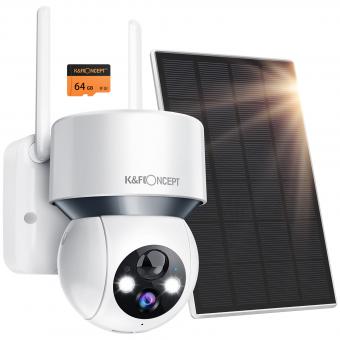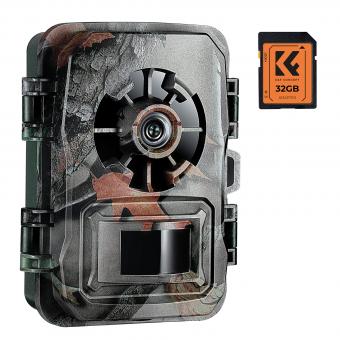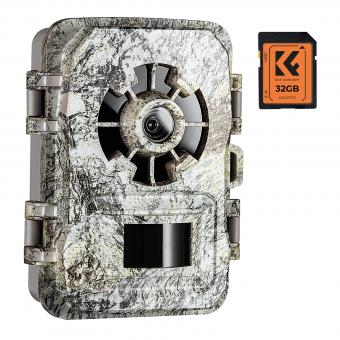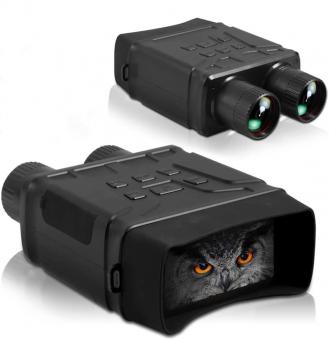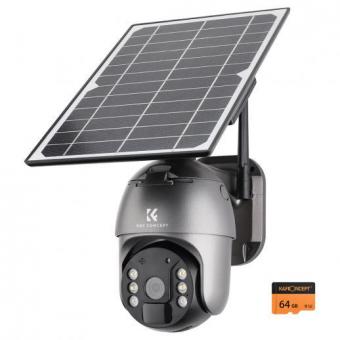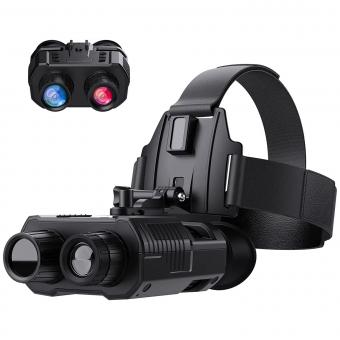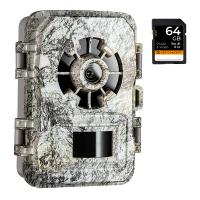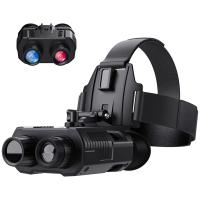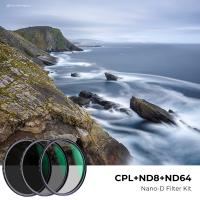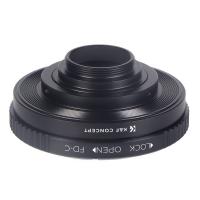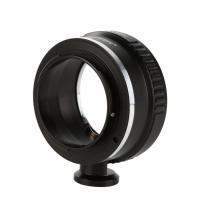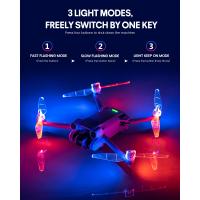How Does Digital Night Vision Work?
Digital night vision works by using an image sensor, such as a charge-coupled device (CCD) or a complementary metal-oxide-semiconductor (CMOS) sensor, to capture incoming light. This light is then amplified and processed by the device's electronics to produce a visible image on a display screen. Unlike traditional night vision technology, which relies on intensifying ambient light, digital night vision can also use infrared light to enhance visibility in low-light conditions. The resulting image is typically displayed in shades of green, as this color is easier for the human eye to perceive in low-light environments.
1、 Image Capture

Digital night vision works by using a combination of image sensors, image processing algorithms, and display technology to enhance low-light images and make them visible to the human eye. Image sensors, such as CMOS or CCD, capture the available light and convert it into an electronic signal. This signal is then processed by specialized algorithms that amplify and enhance the image, increasing the contrast and reducing noise to improve visibility in low-light conditions. The processed image is then displayed on a screen, typically an LCD or OLED display, allowing the user to see the enhanced night vision image in real-time.
The latest point of view on digital night vision technology involves the use of advanced image processing techniques, such as machine learning and artificial intelligence, to further improve image quality and reduce noise. These techniques can help to identify and enhance specific objects or features in the scene, making it easier for the user to distinguish important details in low-light environments. Additionally, the integration of thermal imaging technology with digital night vision has become increasingly popular, allowing users to see heat signatures and improve visibility in complete darkness.
Overall, digital night vision technology continues to evolve, with ongoing advancements in image sensors, processing algorithms, and display technology, leading to improved performance and usability in a wide range of applications, including military, law enforcement, hunting, and outdoor recreation.
2、 Image Enhancement
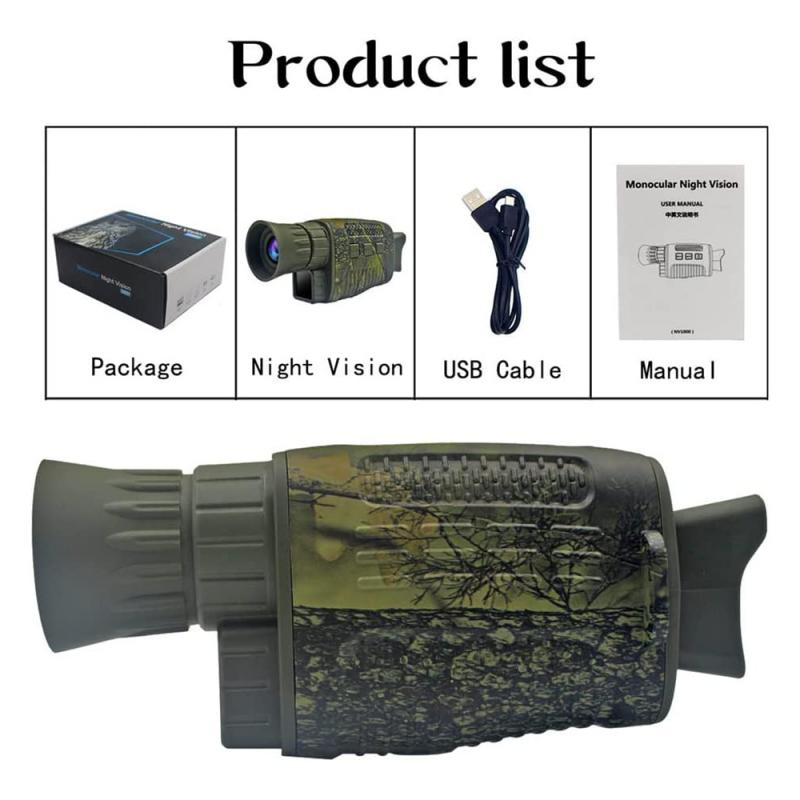
Digital night vision works by using a combination of image enhancement and infrared technology to capture and amplify available light in low-light conditions. Image enhancement involves processing the captured image to improve its quality, contrast, and clarity, making it easier to see in the dark. This process typically involves techniques such as noise reduction, edge enhancement, and contrast adjustment to bring out details in the image.
Infrared technology is also utilized in digital night vision to detect infrared light emitted by objects in the environment. This infrared light is then converted into visible light, allowing the user to see in the dark without the need for ambient light sources.
The latest point of view on digital night vision technology involves the use of advanced image processing algorithms and high-resolution sensors to further improve image quality and clarity in low-light conditions. Additionally, the integration of artificial intelligence and machine learning techniques is being explored to enhance the performance of digital night vision systems, allowing for real-time image enhancement and object recognition in challenging environments.
Overall, digital night vision technology continues to evolve, offering improved image quality, enhanced performance, and greater usability in a wide range of applications, including military, law enforcement, surveillance, and outdoor recreation.
3、 Image Display
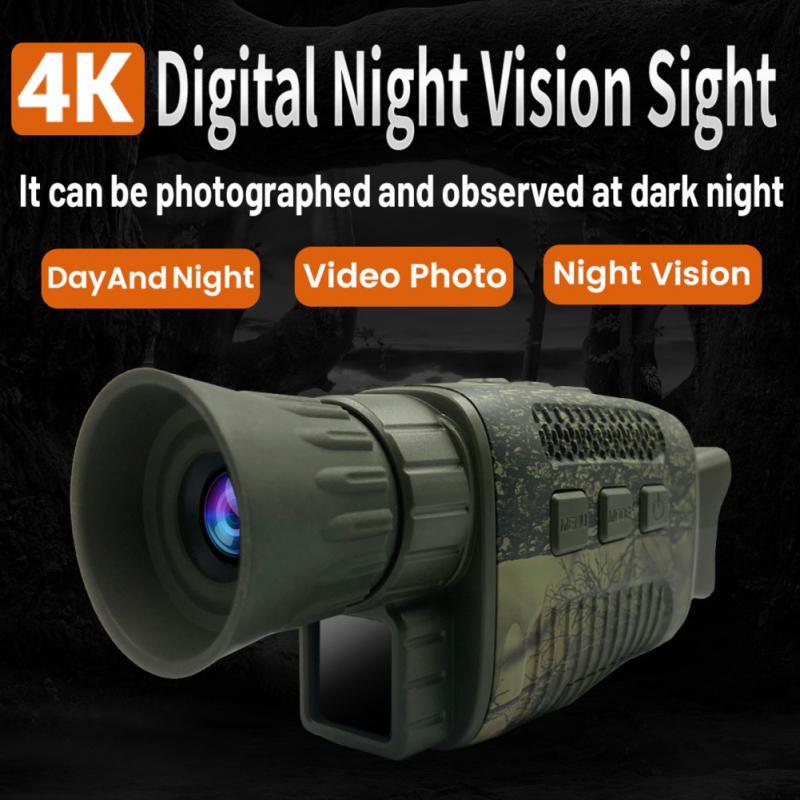
Digital night vision works by using an image sensor, typically a CMOS or CCD sensor, to capture incoming light and convert it into an electronic signal. This signal is then processed by a digital signal processor (DSP) to enhance the image and improve visibility in low-light conditions. The processed image is then displayed on a screen, typically a liquid crystal display (LCD) or an organic light-emitting diode (OLED) display, allowing the user to see the enhanced night vision image in real time.
The latest point of view on digital night vision technology involves the use of advanced image processing algorithms and artificial intelligence to further enhance the quality of the night vision image. These algorithms can improve image clarity, reduce noise, and enhance contrast, providing a more detailed and realistic representation of the scene in low-light conditions. Additionally, the integration of thermal imaging technology with digital night vision has become increasingly popular, allowing users to see heat signatures and improve visibility in complete darkness.
Overall, digital night vision technology continues to evolve, with ongoing advancements in image sensor technology, image processing algorithms, and display technology, leading to improved performance and usability in a wide range of applications, including military, law enforcement, hunting, and outdoor recreation.
4、 Infrared Illumination

Digital night vision works by using a combination of image sensors, digital signal processing, and display technology to capture and enhance low-light images. Unlike traditional night vision devices that rely on intensifier tubes to amplify ambient light, digital night vision uses a sensor to capture the available light and then processes the image digitally to enhance visibility in low-light conditions.
Infrared Illumination is a key component of digital night vision technology. Infrared light is invisible to the human eye but can be detected by specialized sensors in digital night vision devices. Infrared illuminators emit infrared light, which is then picked up by the night vision sensor, allowing the device to create a visible image even in complete darkness.
The latest point of view on digital night vision and infrared illumination involves advancements in sensor technology, image processing algorithms, and the integration of artificial intelligence. Newer sensors are more sensitive to infrared light, allowing for improved low-light performance. Image processing algorithms are becoming more sophisticated, enabling better noise reduction and image enhancement. Additionally, the integration of AI technology is enabling digital night vision devices to automatically adjust settings and optimize image quality in real-time.
Overall, digital night vision technology and infrared illumination continue to evolve, offering improved performance and capabilities for low-light and nighttime visibility.





